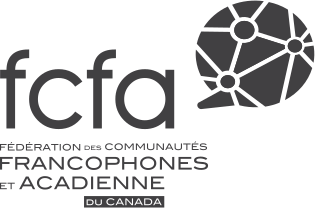Manitoba
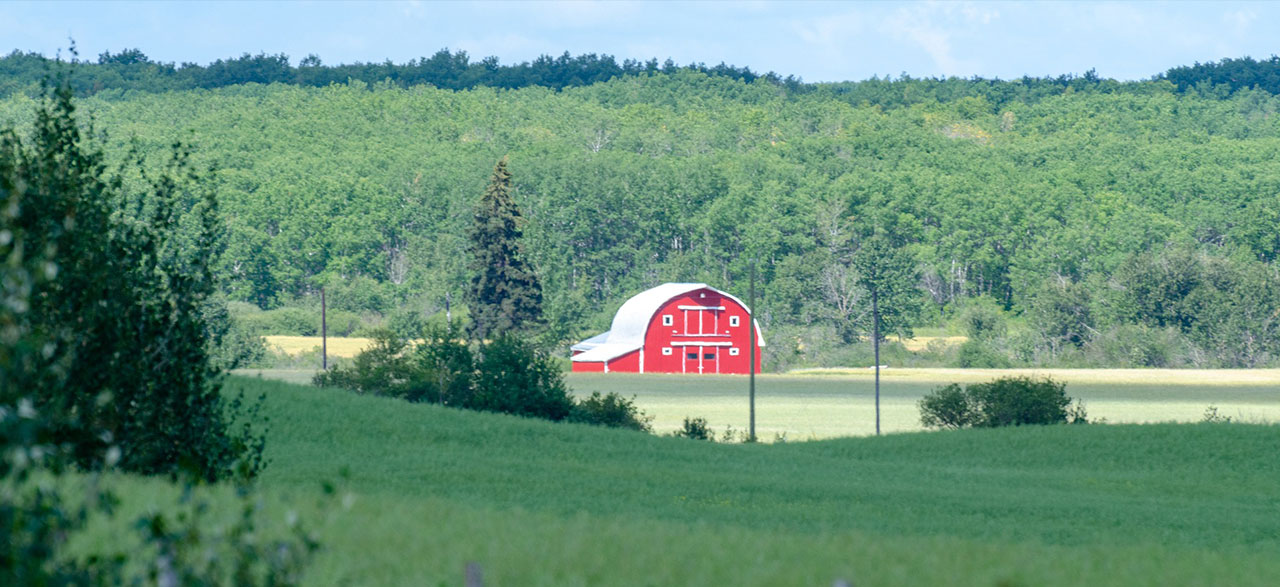
Located in the geographic centre of the country, the province of Manitoba is home to nearly 43,000 Francophones. Two-thirds of Franco-Manitobans live in the Winnipeg area, including in the neighbourhoods of St. Boniface, St. Vital and St. Norbert, while the other third live in a series of villages and rural municipalities, mostly in the southern part of the province.
1530435
Knowledge of French
597065
French first official language
Source : Statistique Canada, Recensement de 2016
 Life in French
Life in French
Education
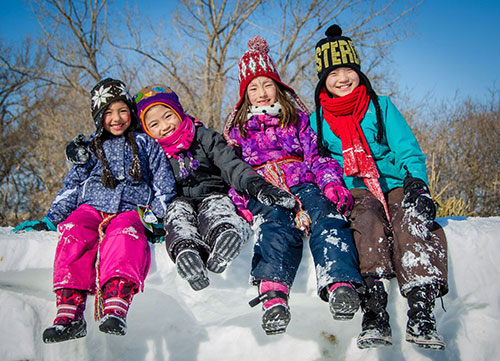
Twenty-four French-language elementary and secondary schools are grouped together under the Division scolaire franco-manitobaine.
There is also an adult education service, the Centre d’apprentissage franco-manitobain.
The Université de Saint-Boniface offers some 30 university, technical and professional training programs, as well as distance education, entirely in French.
Health
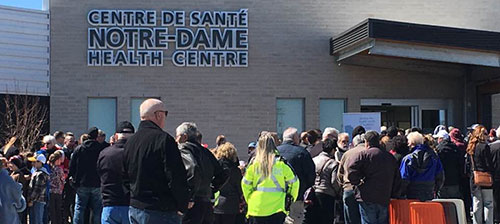
Approximately 60 clinics, nursing homes, hospitals and other providers offer services in French, including St. Boniface Hospital (Winnipeg), Sainte-Anne Hospital (Sainte-Anne-des-Chênes) and Sainte-Rose General Hospital.
The Société de la francophonie manitobaine a directory of French-language services, which includes health-care professionals.
 Immigration
Immigration
Employment

These are the main sectors hiring in Manitoba:
- Aérospatiale
- Agro-alimentaire et transformation alimentaire
- Biotechnologie et sciences de la vie
- Industries culturelles
- Énergie et environnement
- Services financiers et assurances
- Technologies de l’information et des communications
- Mines et minéraux
- Tourisme
- Transport, logistique et distribution
- Services d’établissement
Settlement services

L’Accueil francophone, in Saint-Boniface, offers many settlement services in French, including the Refugee Resettlement Assistance Program (financial support, accommodation, integration support), reception of newcomers, twinning, support in finding housing, language courses, etc.
The Pluri-elles REDI program helps refugees and asylum-seekers improve their professional and French and English language skills, through training and an internship. The non-profit organization provides many other community connection, literacy and employment services.
The Université de Saint-Boniface offers free French courses to newcomers.
The Conseil de développement économique des municipalités bilingues de Manitoba (CDEM) has employment programs to help Francophones obtain and maintain employment in Manitoba.
Conseil jeunesse provincial inc., a youth organization, matches individuals from the host community with newcomers.
Welcoming Francophone Community
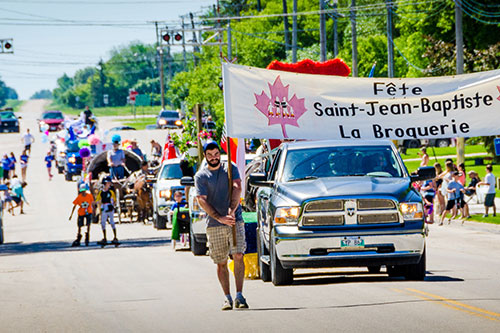
Seine River Region
The Seine River Region includes the municipalities of Taché, Sainte-Anne and La Broquerie. These are small farming communities with a good Francophone presence. They offer the charm, safety, friendliness and peace of rural life, while being just a stone’s throw from Winnipeg. In addition, Franco-Manitobans have structures in place to welcome newcomers, and are helping to build a community that fosters a sense of belonging and values inclusion and diversity.
Some figures:
25% of the population knows French.
4.5% of people work in French.
Source: Statistics Canada, 2016 Census
 What to expect
What to expect
Climate
Subarctic climate in the North, continental climate in the South
Winters
-17°C
on average
Summer
20°C
on average
Geography
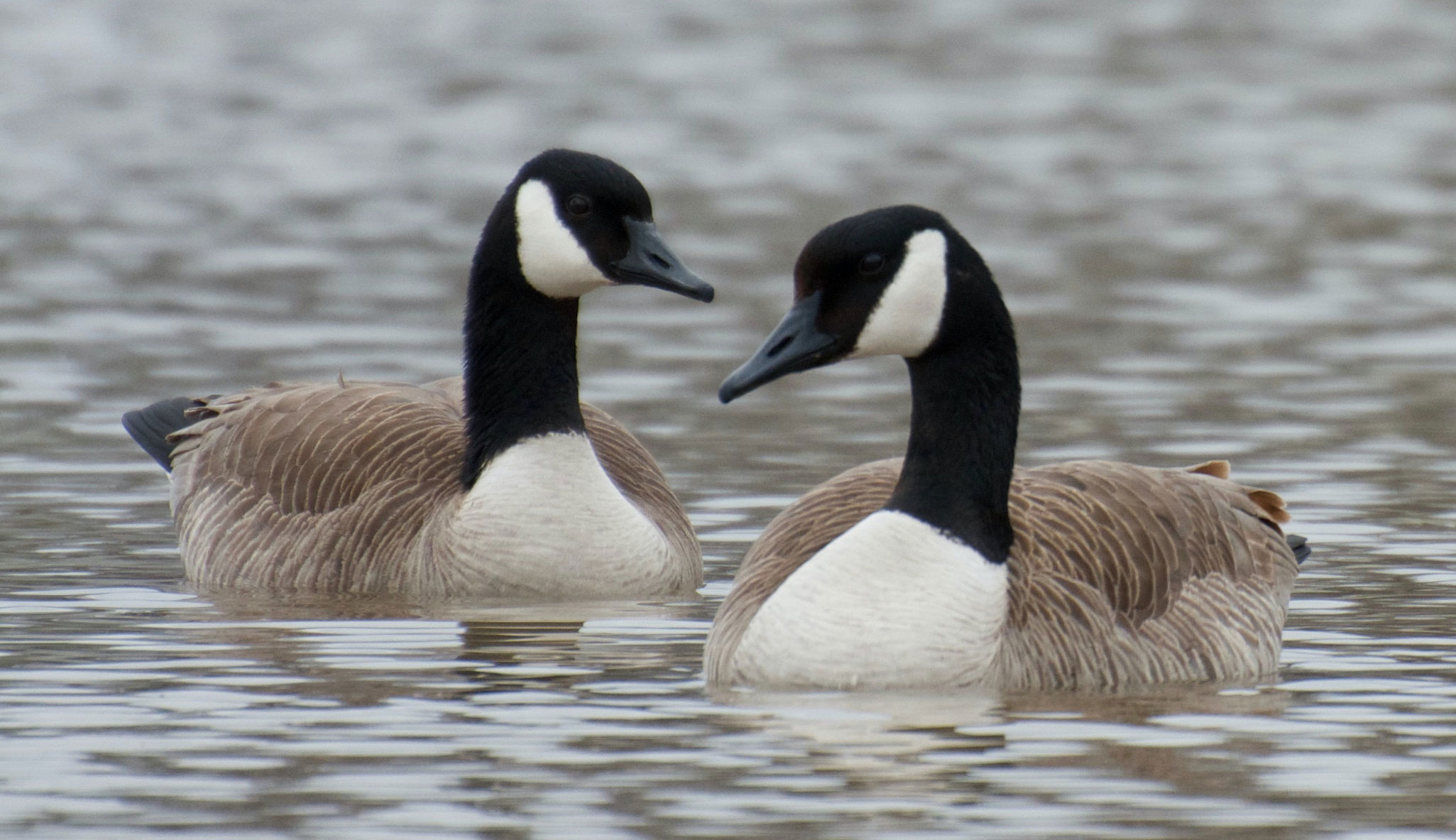
Hundreds of lakes cover the province.
Far North
tundra and large lakes (Hudson Bay)
North and East
boreal coniferous forest and muskeg
South
tall grass prairie, grain farming, vegetable oil production and cattle ranching
Access
Winnipeg’s James Armstrong Richardson International Airport handles many domestic and U.S. flights.
The road network is well developed mainly in the southern part of the province.
The U.S. border is an hour and a half away from Winnipeg by car.
Read more
Francophonie highlights
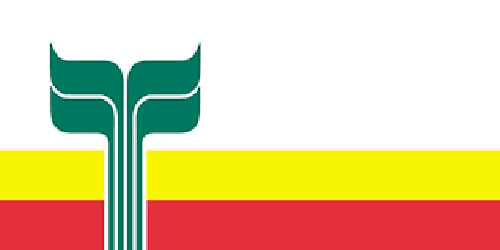
In 1971, Bill 113 was introduced, recognizing English and French as the two official languages of instruction in Manitoba’s public schools.
In 1981, the provincial government established the French Language Services Secretariat (now the Francophone Affairs Secretariat).
In 1994, the Division scolaire franco-manitobaine No. 49 was created, with 22 French-language schools.
In 2003, L’Accueil francophone, a reception and settlement service sponsored by the Société franco-manitobaine, was created.
In 2016, the Francophone Community Enhancement and Support Act (Bill 5) is unanimously passed by the provincial legislature.
History
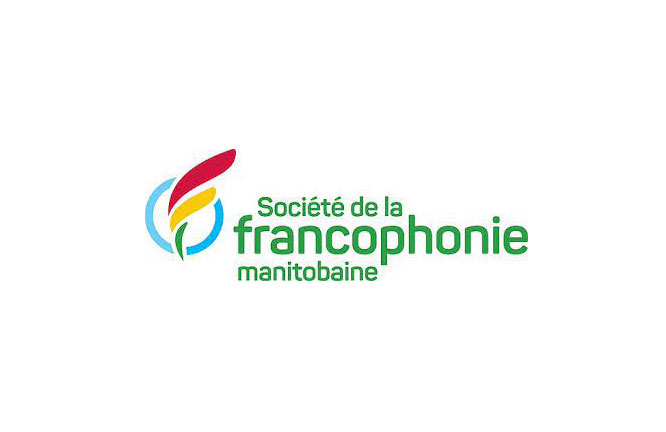
The French presence in Western Canada dates back to the 18th century. Founded by the Métis, the Red River Colony with its capital, St. Boniface, grew in the early 19th century to become one of the main centres of French life in the West.
This colony became the province of Manitoba in 1870, following a popular and democratic movement led by Louis Riel. The Manitoba Act recognized the linguistic and cultural duality of the new province, but between 1870 and 1885, Métis and Canadian Francophones quickly became a minority.
The Franco-Manitoban community continued to vigorously assert itself, however, and in 1916 created the Association d’éducation des Canadiens français du Manitoba (AECFM). The Société franco-manitobaine was created in 1968. Thirteen years later, the Manitoba government created a French Language Services Secretariat and in 1994, a Francophone school board, the Division scolaire franco-manitobaine, was created.


